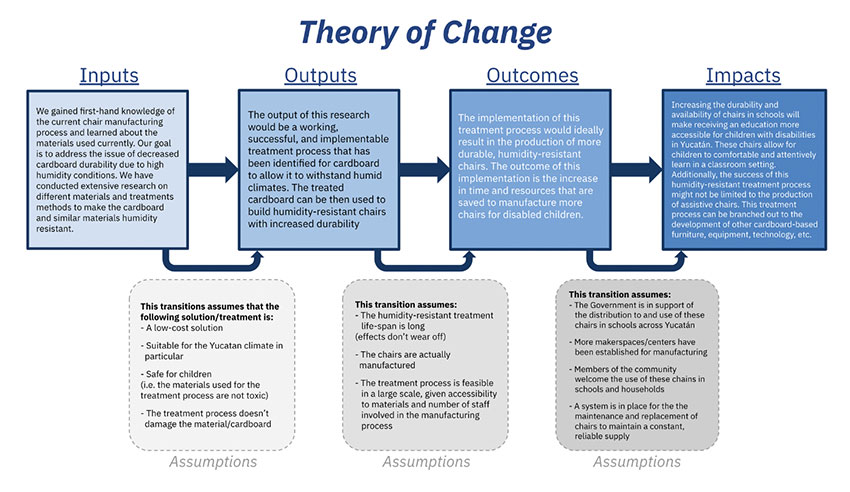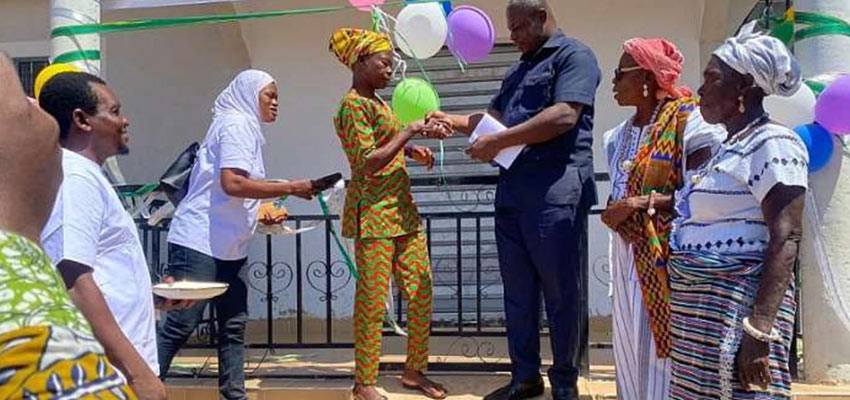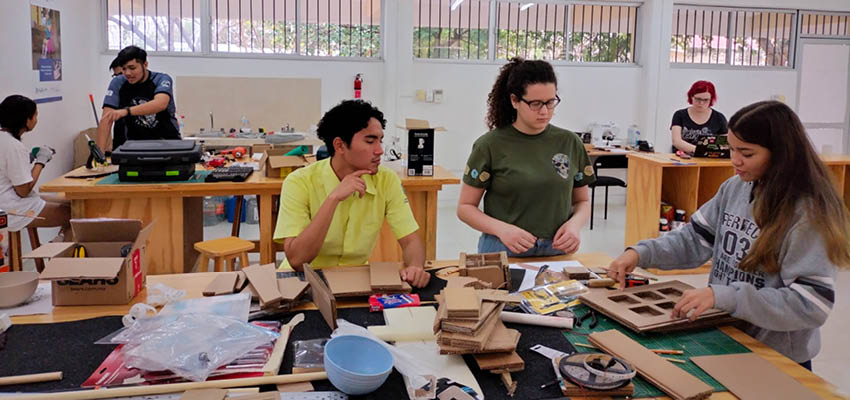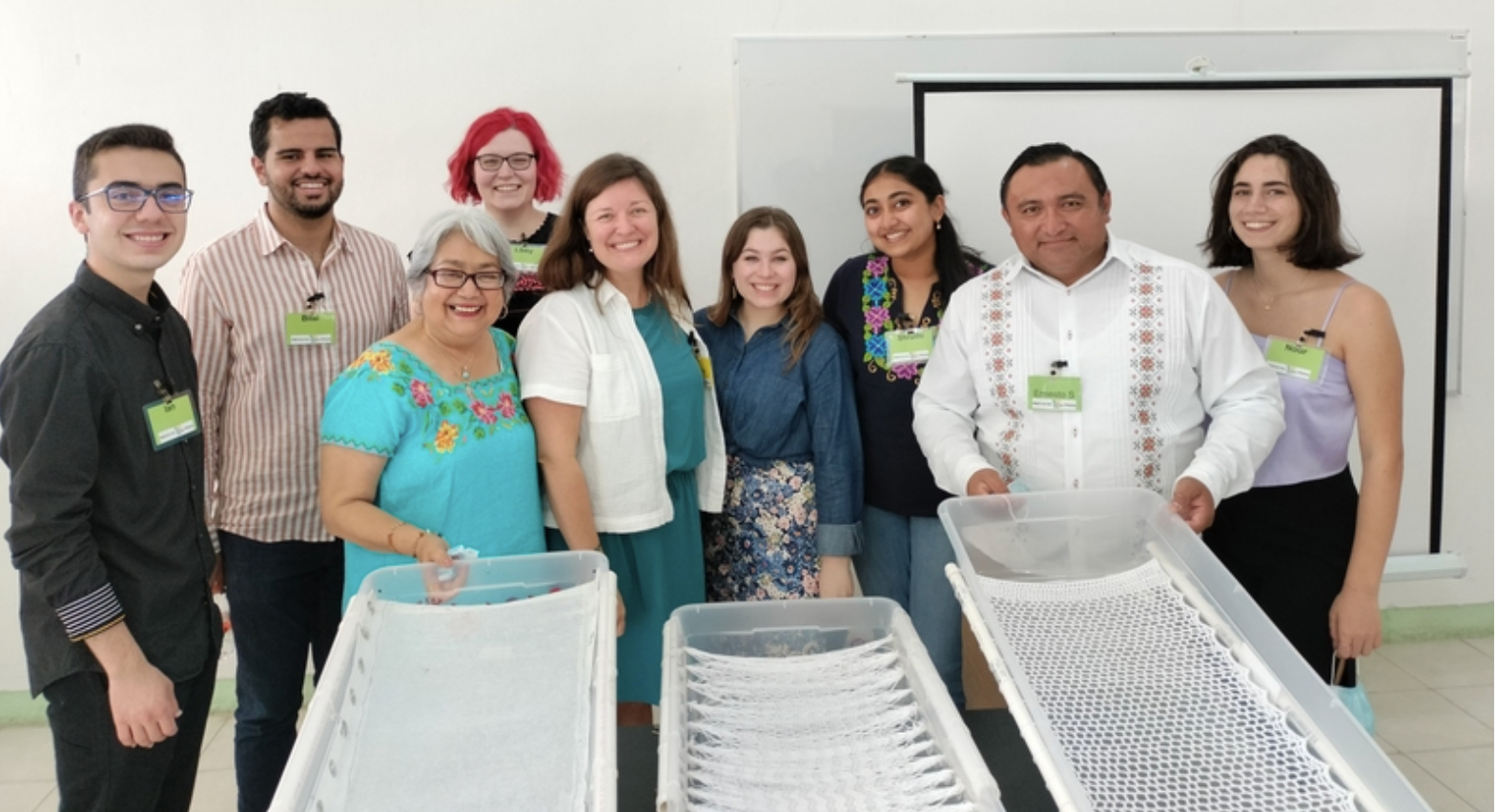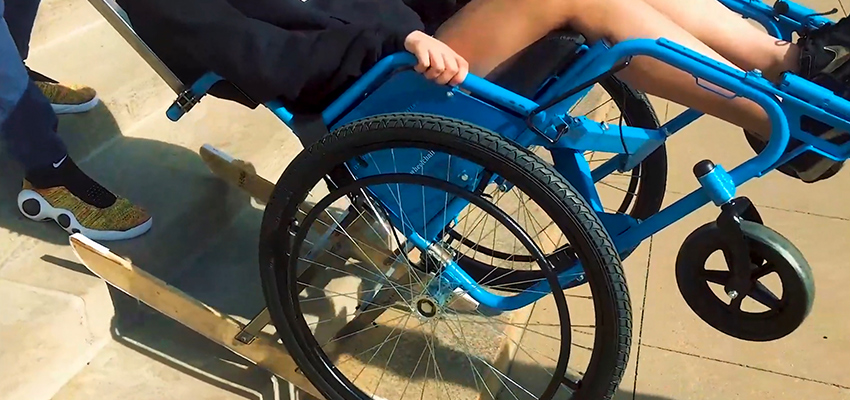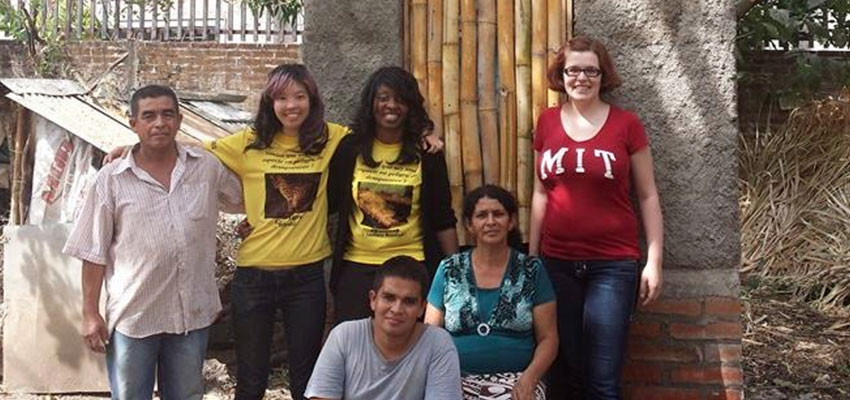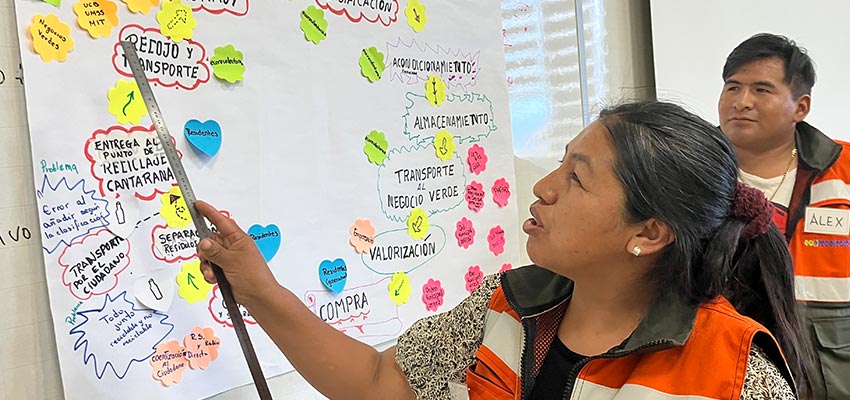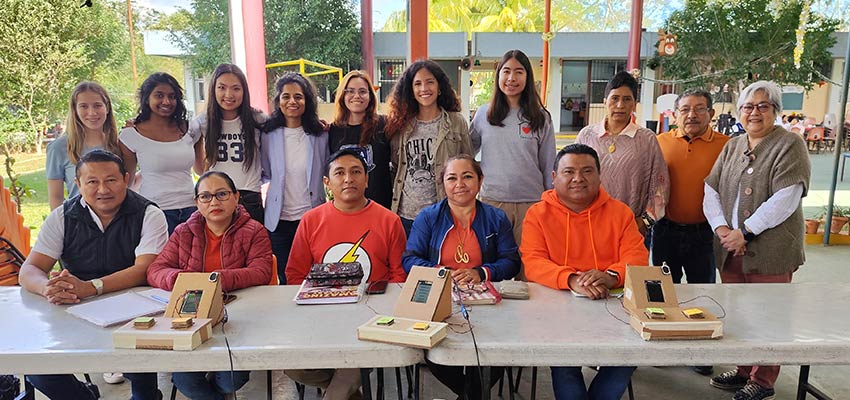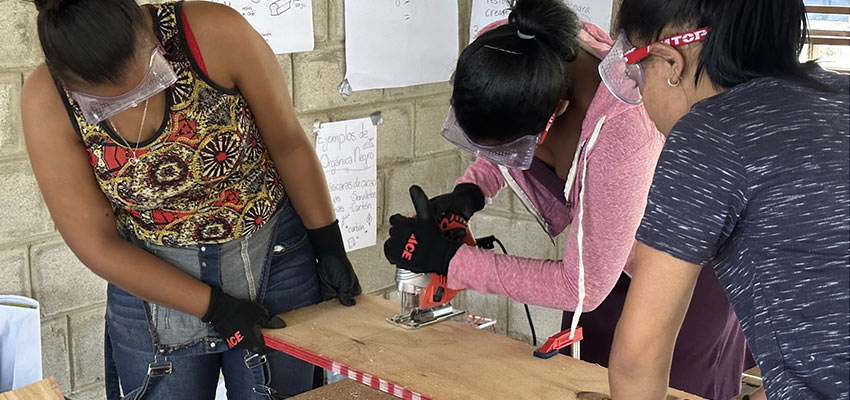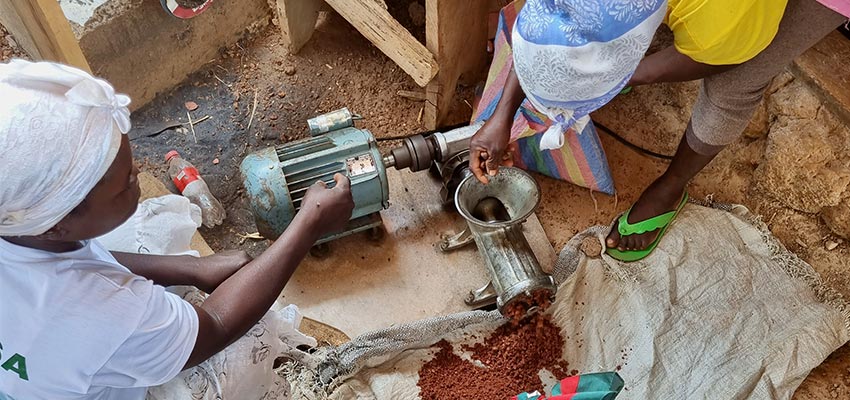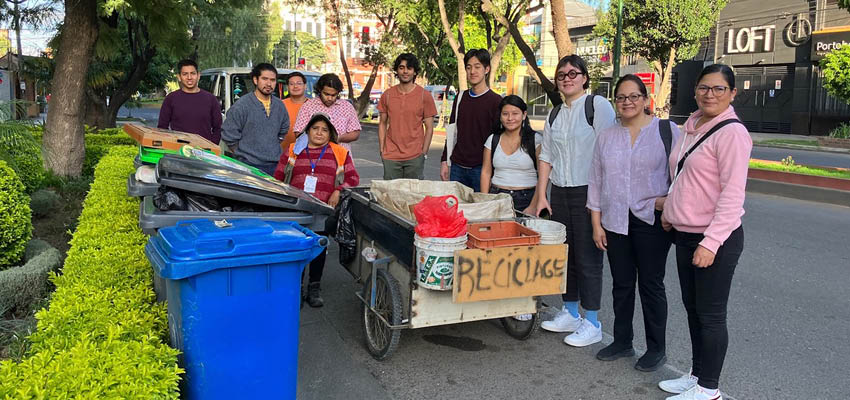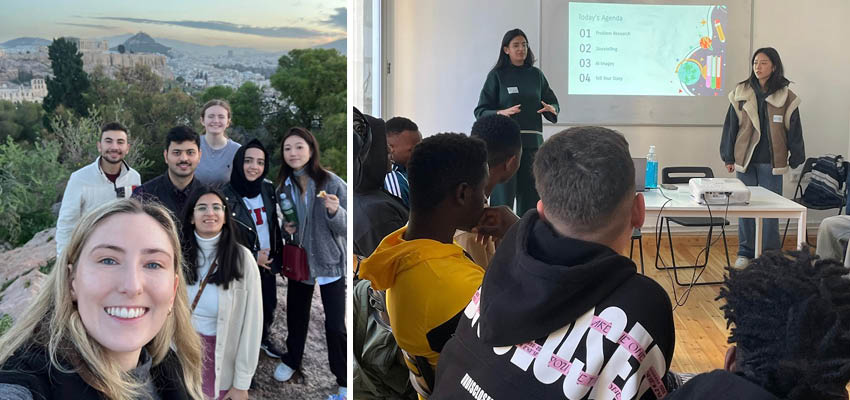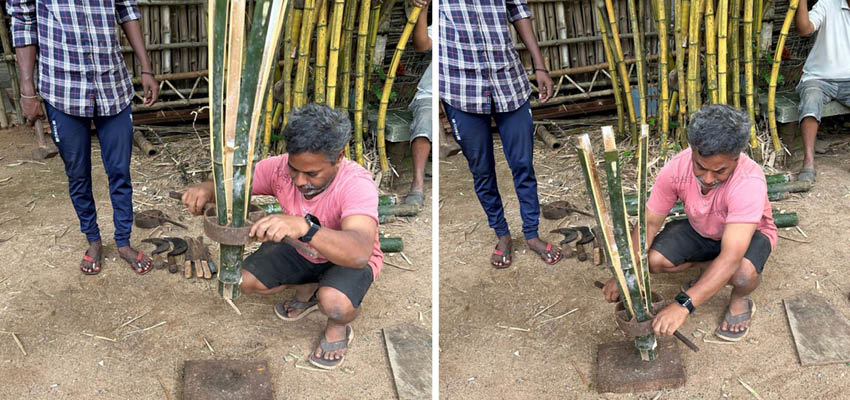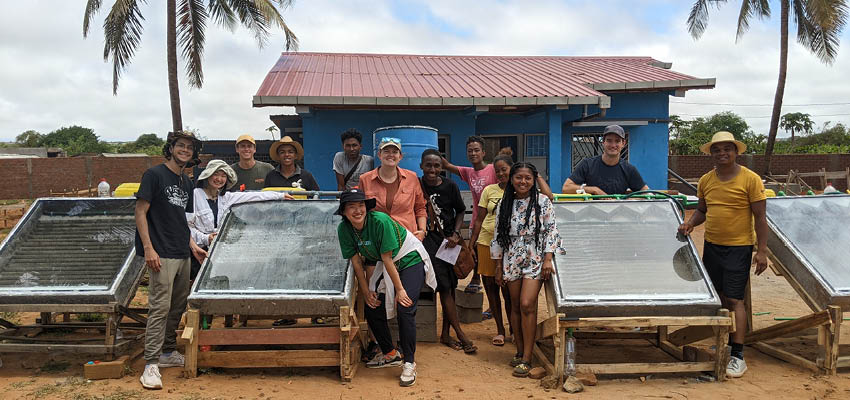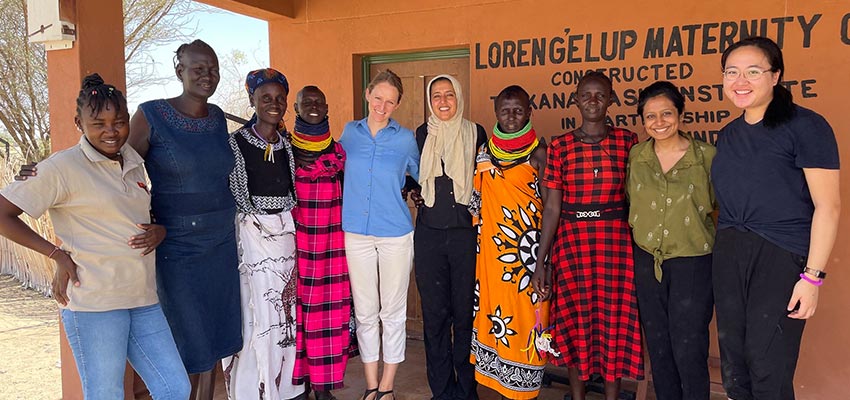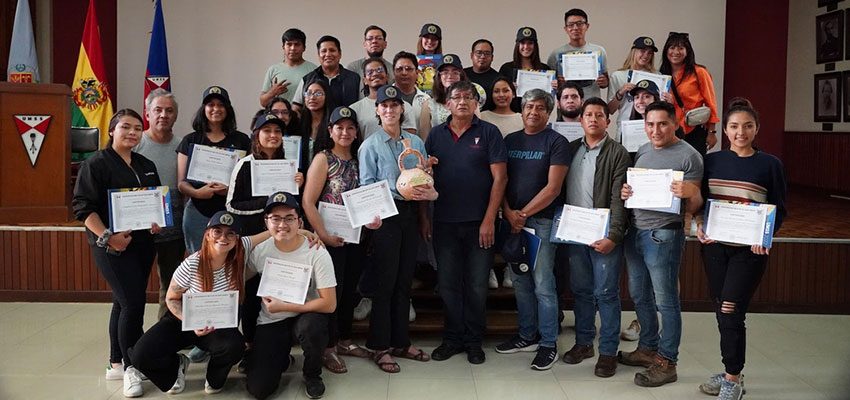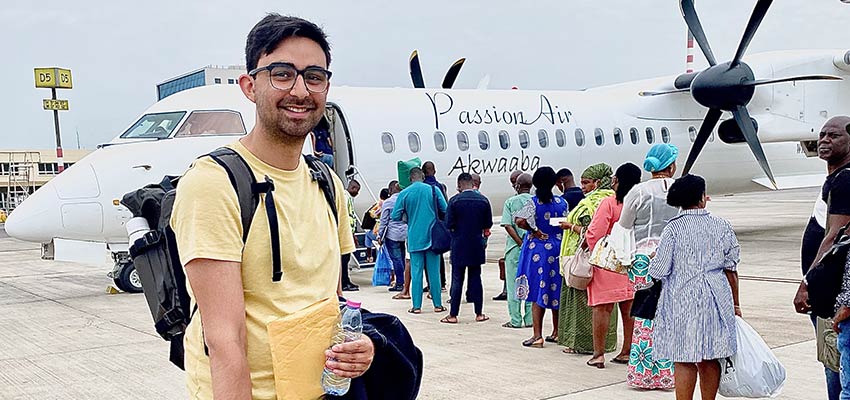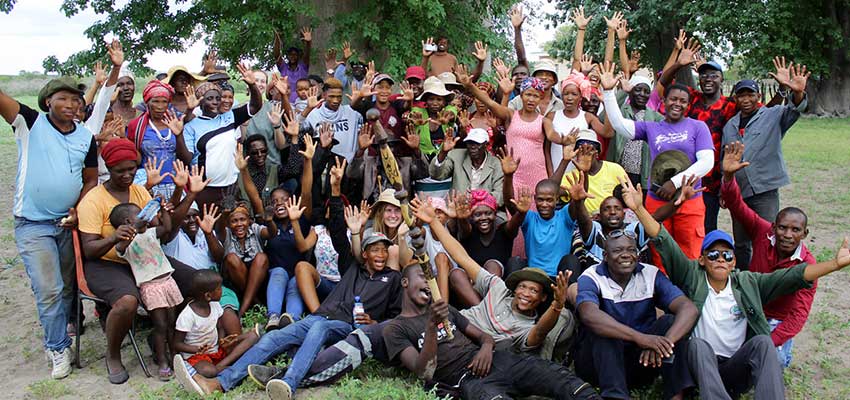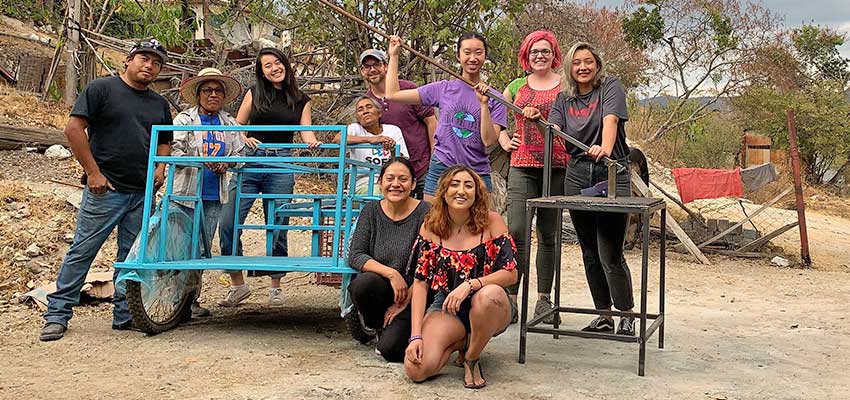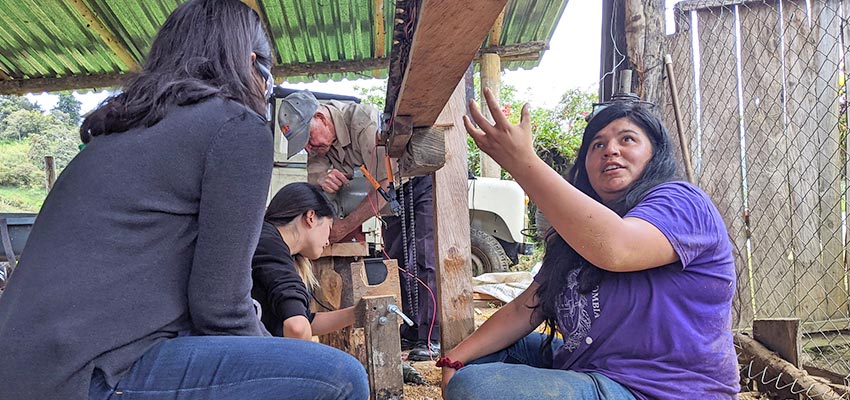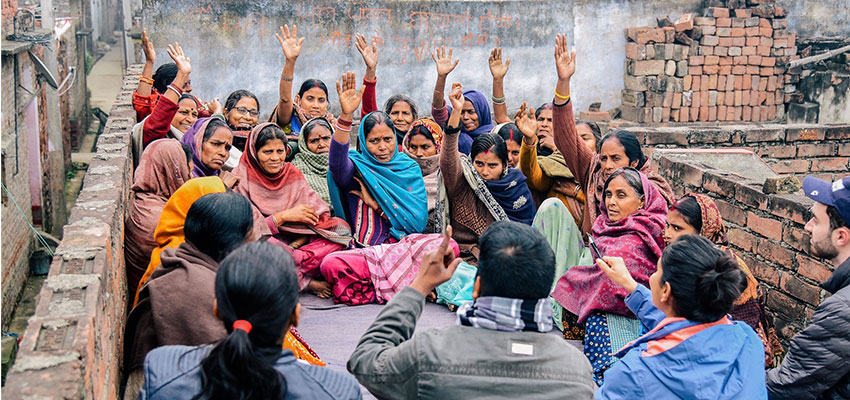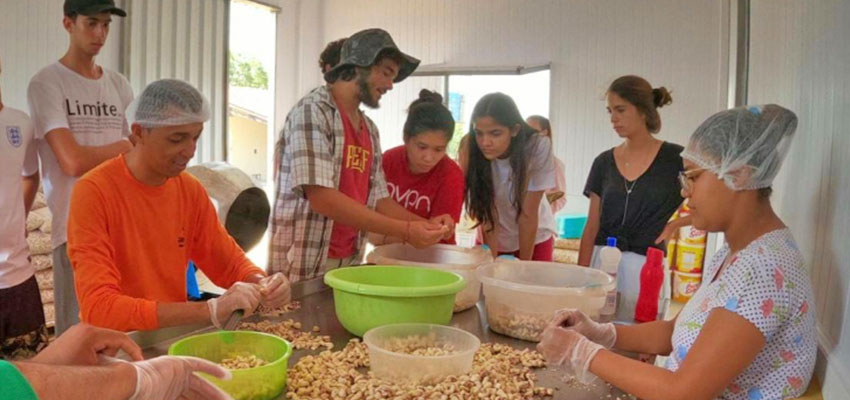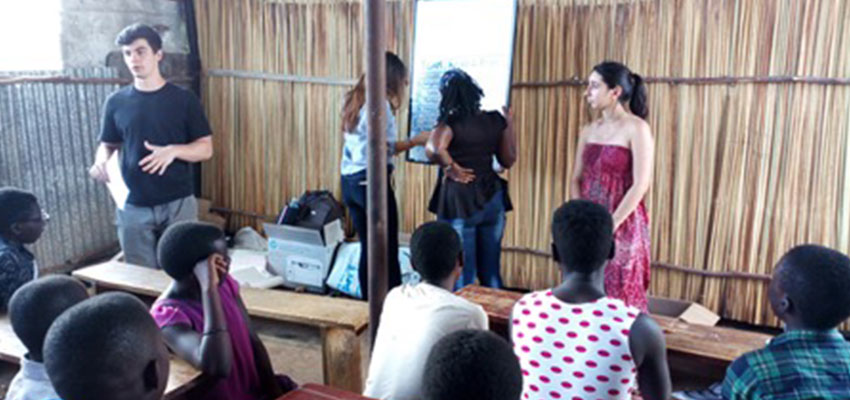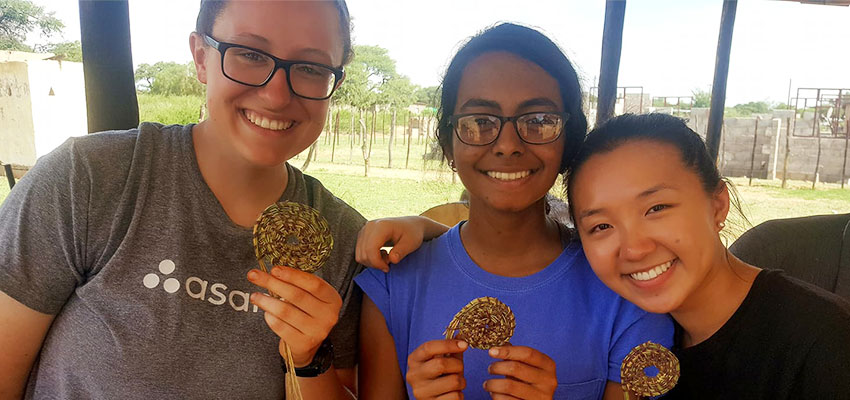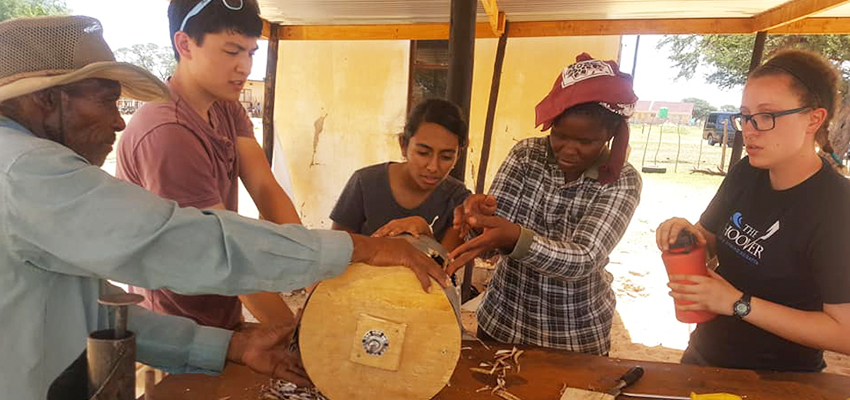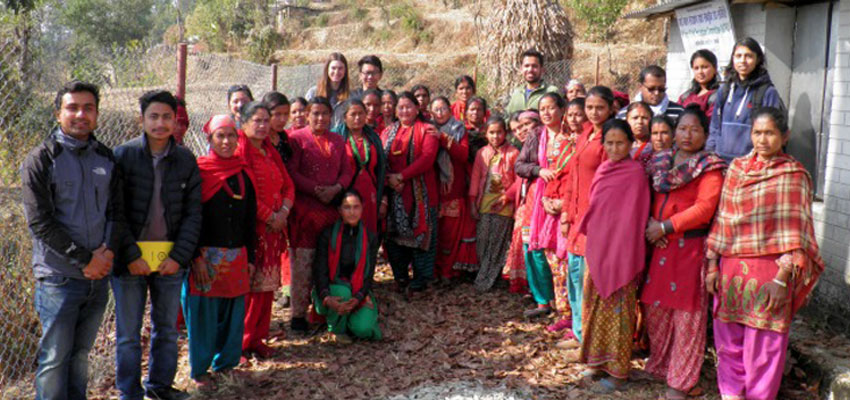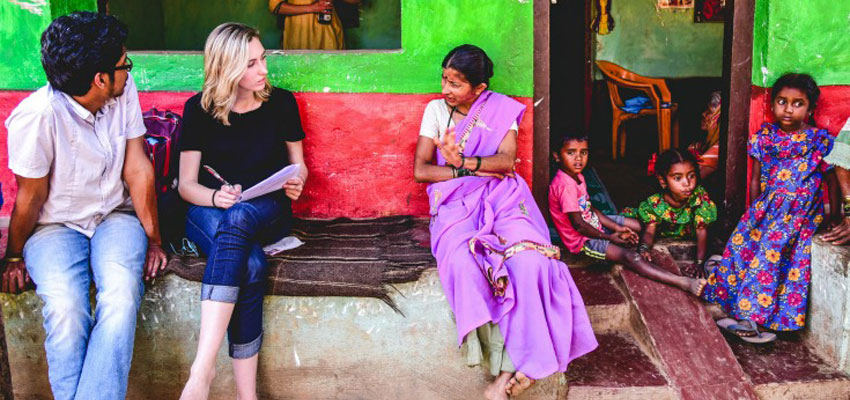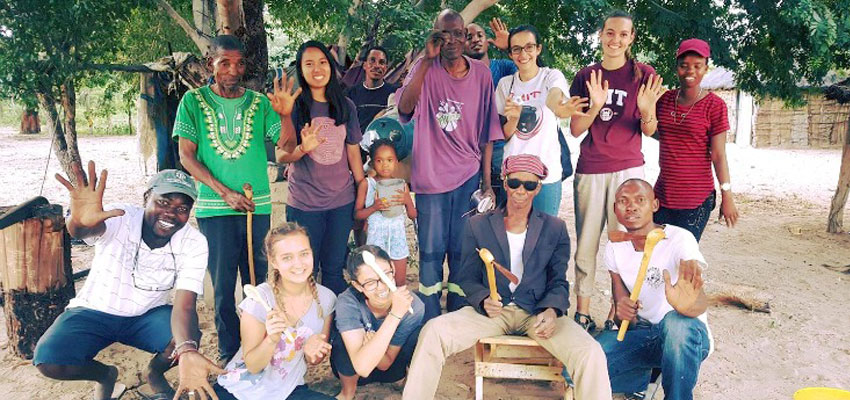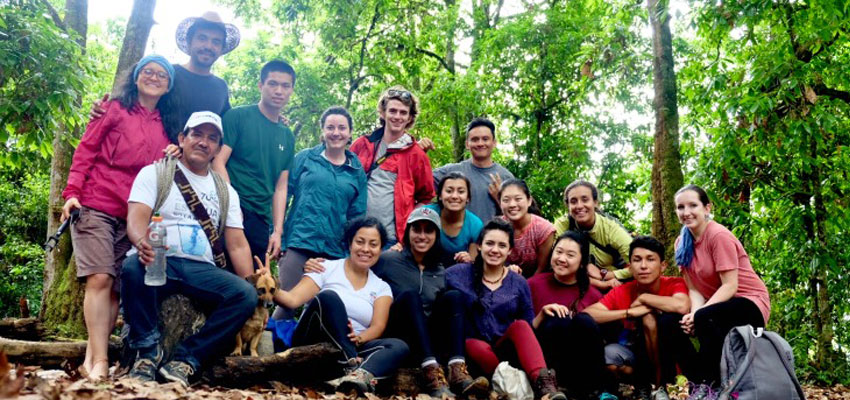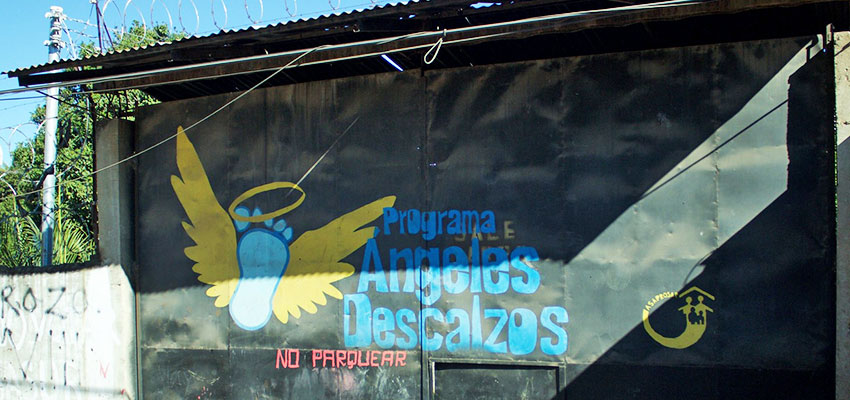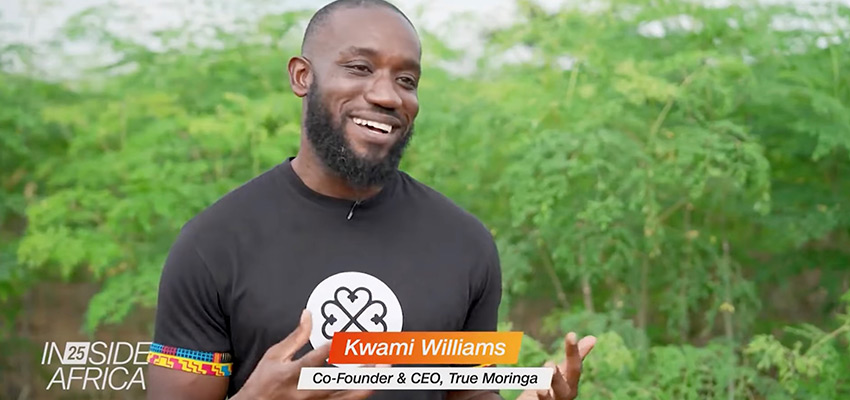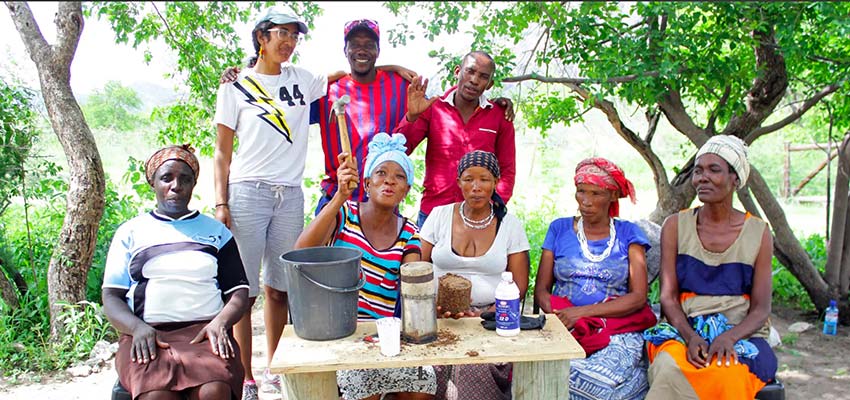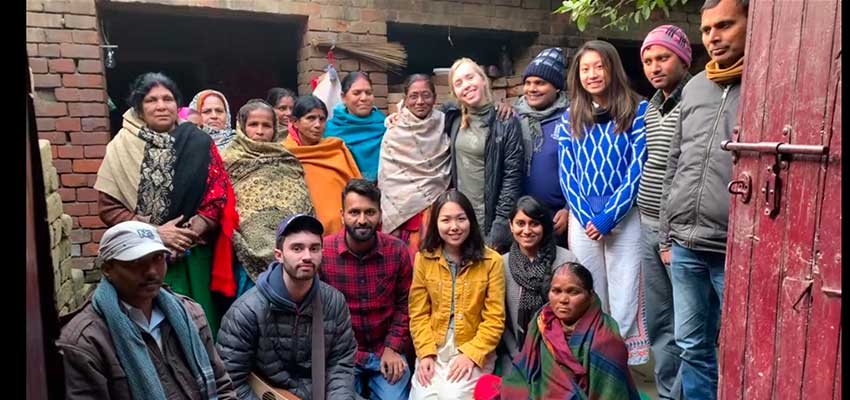
Developing a working humidity treatment process for cardboard in order to produce humidity-resistant chairs.
Student team
- Penelope Herrero-Marques: Penelope is a third-year mechanical engineering student at MIT with a passion for mechanical design and sustainable energy.
- Nour Al Maalouf: Nour is a third-year MIT mechanical engineering student concentrating in product design.
- Bilal Daqqah: Bilal is a fourth-year MIT Computer Science and Business Analytics Student with a focus in Software Engineering and Data Science.
- Shruthi Shekar: Shruthi is a fourth-year Biological Engineering student at MIT, pursuing a minor in Entrepreneurship and Innovation and conducting research in the field of digital health.
- Ian Rosado: Ian is a second-year mechanical engineering student at MIT concentrating in Biomechanics and Biomedical Devices with a passion for healthcare and technology.
Project description
Perkins School for the Blind is a school based in Watertown, Massachusetts. Its mission is “to educate and empower people who are blind, deaf/blind or visually impaired, and who may have additional disabilities” [1]. Its impact is not limited to Watertown, as it partners with groups in 67 countries, one of which is Mexico.
Our project is based in Yucatán, Mexico, at one of Perkins’ school partners. The assistive technologies designed and manufactured at the Watertown branch cannot be identical to those in Yucatán because of differences in material availability and affordability.
Context
One of the factors that has a high impact on the success of the Perkins project has been the climate. Merida is known for having an intense year-round humidity. In Merida, the average annual relative humidity is 74.7% and average monthly relative humidity ranges from 67% in March to 81% in September (http://www.merida.climatemps.com/humidity.php). This presents multiple challenges with the design of assistive technologies that are made from cardboard.
This is because in very humid environments, the stacking strength of cardboard is greatly reduced since increased moisture impacts the structure of. According to FlexPAC, at 75% Relative Humidity (RH) a cardboard box will have 65% of its potential strength, which is very problematic for chairs made from cardboard (https://www.flexp.com/humidity-affects-corrugated-boxes/). After talking to representatives from the center, we were told that they have noticed a decrease in the durability of the chairs they have been building for those reasons related to climate.
Theory of Change
Proposed solutions
There are two main avenues we are exploring for tackling the cardboard humidity problem.
The first involves applying a hydrophobic coating to the cardboard which will serve as an anti-humidity coating. The hydrophobic coating typically consists of a priming layer (such as a glue), a waterproofing layer (an acrylic elastomeric coating), and a final varnish. Each layer would be applied by hand and left to dry before continuing with fabrication. One potential benefit of this approach is the flexibility of materials. There is not one specific glue, varnish, or acrylic elastomeric coating that is required, allowing for ease of adaptation according to regional product cost and availability. More research is required into the safety of these chemicals since children will frequently interact with these substances.
The second proposed solution involves a physical hydrophobic barrier, which would be achieved by laminating the cardboard with a plastic film, most frequently a polyethylene film. This approach is equally as flexible as the previous approach in terms of material flexibility, but may differ in terms of fabrication time.
More research and testing is needed in order to determine the benefits, drawbacks, and efficacy of both methods, including potential implementation barriers such as cost, child safety, and resource availability in Yucatan. This will be one of the large focuses throughout the group’s trip to Yucatan in January.
Next steps
As the date of our trip to Yucatán approaches, we will continue to stay in close communication with Perkins School for the Blind in order to determine the needs of their center and find ways to optimize their output so that they can impact as many children as possible. In addition, we will conduct research on alternative materials that Perkins can use in Mexico in order to maintain the diversity of options they currently have for students with disabilities. Finally, we will make sure these materials are affordable, so that Perkins can continue making their assistive technology accessible to all.
MIT D-Lab Class
Contact
Libby Hsu, Lecturer; MIT D-Lab Associate Director of Academics


